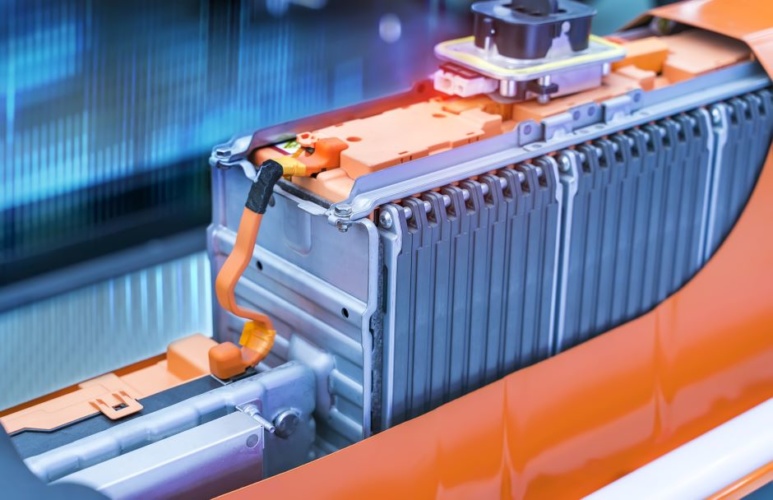Surface area boost for small heat exchanger
Engineers in Scotland have developed a lightweight, 3D printed heat exchanger that is more compact and efficient than its conventional counterparts.

This is the claim of a team led by engineers from Glasgow University whose design exploits the unique properties of microscale surfaces to create a high-performance heat exchanger.
Heat exchangers, which transfer thermal energy between fluids, are used in refrigeration, fuel cells and the types of internal combustion engines used in cars and aircrafts.
In a new paper published in Applied Thermal Engineering, the researchers describe how they developed and built the prototype system, which they estimate to be 50 per cent more effective than a market-leading conventional heat exchanger despite being one-tenth of its size.
MORE FROM ENERGY & ENVIRONMENT
According to Glasgow University, the system’s effectiveness is attributed to the design of architected surfaces over which liquids flow through the exchanger. The cube-shaped exchanger draws water through a core studded with tiny holes arranged in a gyroid configuration.
Register now to continue reading
Thanks for visiting The Engineer. You’ve now reached your monthly limit of news stories. Register for free to unlock unlimited access to all of our news coverage, as well as premium content including opinion, in-depth features and special reports.
Benefits of registering
-
In-depth insights and coverage of key emerging trends
-
Unrestricted access to special reports throughout the year
-
Daily technology news delivered straight to your inbox










UK Enters ‘Golden Age of Nuclear’
The delay (nearly 8 years) in getting approval for the Rolls-Royce SMR is most worrying. Signifies a torpid and expensive system that is quite onerous...